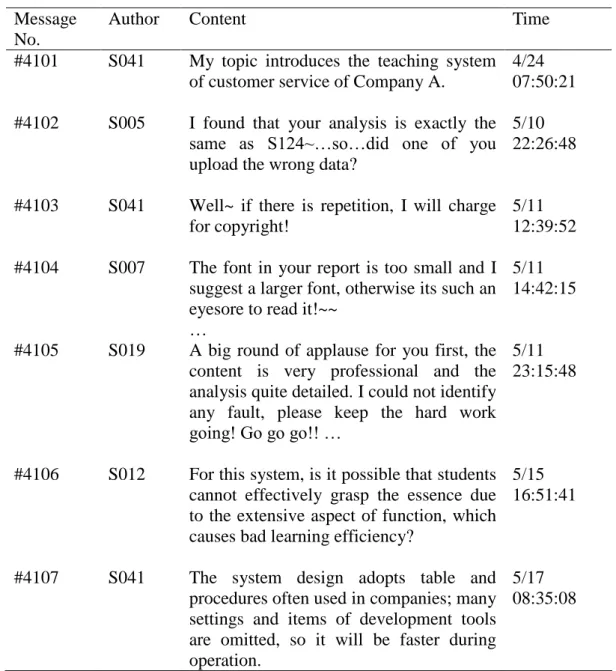Knowledge Sharing Discussion Activity for Learner Community using a Peer-Assessment Strategy
全文
數據
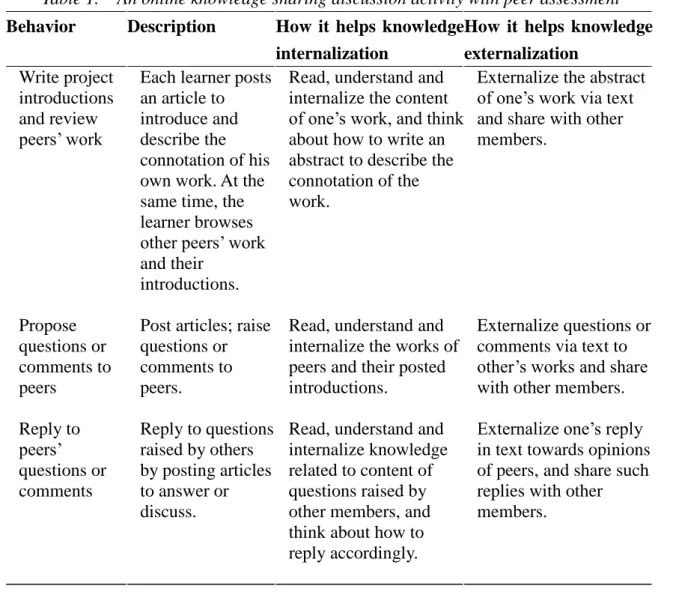
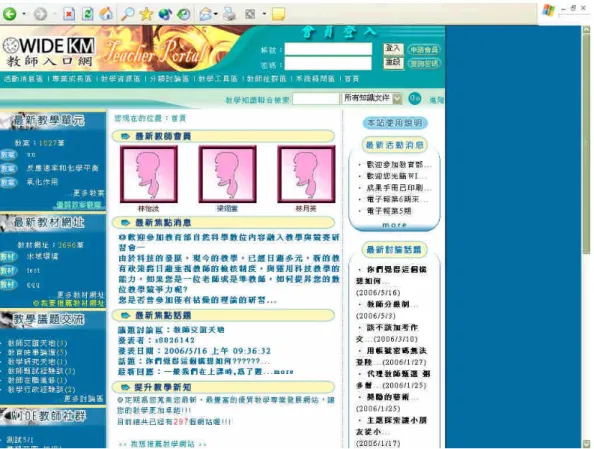
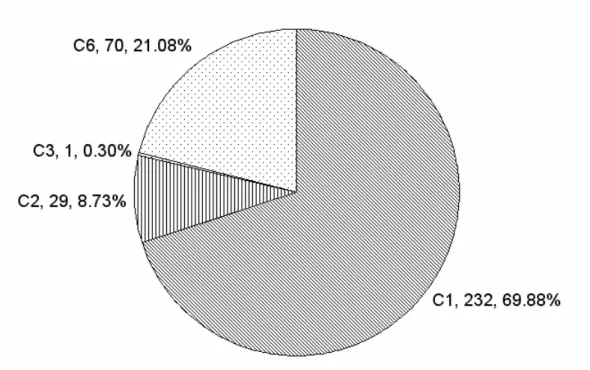
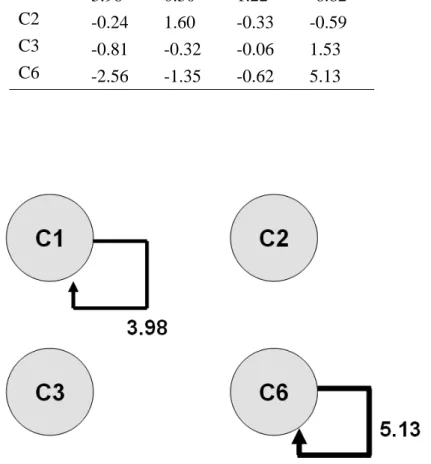
相關文件
Through training in coaching, and integrating the foundation knowledge and skills to design and implement an exercise and fitness training activity, this course not only
• Environmental Report 2020 of Transport Department, Hong Kong: to provide a transport system in an environmentally acceptable manner to align with the sustainable development of
● the F&B department will inform the security in advance if large-scaled conferences or banqueting events are to be held in the property.. Relationship Between Food and
– Knowledge to form the basis for decision aids – Knowledge that reveals underlying skills..
Along with this process, a critical component that must be realized in order to assist management in determining knowledge objective and strategies is the assessment of
Because of path planning and refuge activity for a community shelter will cause disaster increasing and result second disaster, hence it has a great relationship between refuge
McCreedy , “The Process of Knowledge Management Within organization :a Critical Assessment of both Theory and Practice”, Knowledge and Process Management, Vol.6,
transform information into knowledge, identify and verify knowledge, capture and secure knowledge, organize knowledge, retrieve and apply knowledge, combine knowledge,
